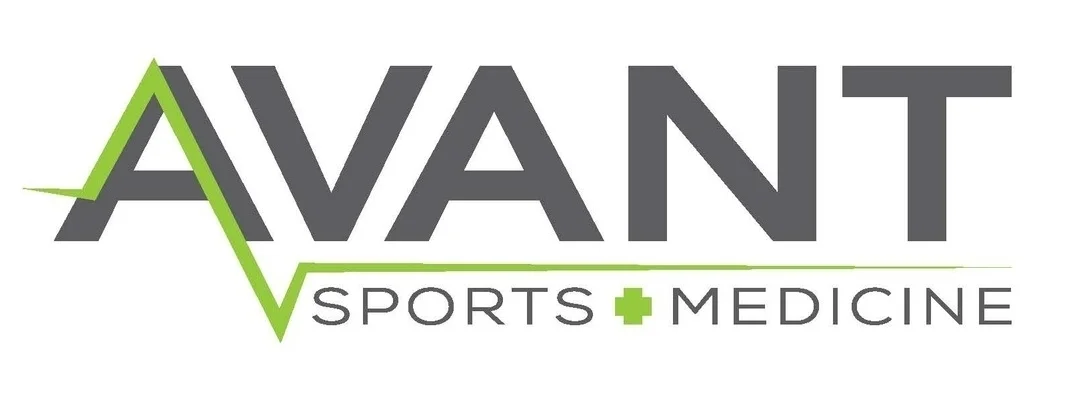Post Injection Aftercare Instructions
Corticosteroid Injection
A corticosteroid injection provides a local anti-inflammatory effect which can last between 6 weeks and 6 months. The duration for pain relief is variable but it allows the patient to treat an arthritic flare-up or treat underlying tendinopathy. During the period of pain relief, the patient has the opportunity to engage in physical therapy. In many cases, physical therapy can improve the underlying biomechanics for the joint or tendon condition.
The most common complications of intra-articular injection are a postinjection flare of pain (2 to 10 percent),. Less commonly reported side effects include iatrogenic infection (risk of 1 in 1,000) and tendon rupture (less than 1 percent). The risk of tendon rupture is highest with soft tissue injections around the Achilles tendon and plantar fascia. Risk of tendon and inadvertent injection is minimized with the use of ultrasound guidance.
Cortisone shots should only considered a temporary measure to control pain. Joint osteoarthritis and tendinosis are chronic condition and cortisone is just part of a larger treatment plan.
Percutanteous Needle Tenotomy (PNT)
PNT is a mildly painful procedure. Acetaminophen is recommended for pain relief. Patients are advised to avoid taking NSAIDS (anti-inflammatory medications such as aspirin, ibuprofen or naprosyn) for a period of 2 weeks following the procedure. These medications along with cold compresses interfere with the healing response caused by the PNT procedure. When applicable compression bandages or garments should be applied. When PNT is performed for lower extremity conditions (such as Achilles tendon, plantar fascia) patients are advised to limit weight bearing activities for 1-2 weeks and to modify daily activities. It is essential to start physical therapy following the first week. Physical therapy would initial include range of motion, appropriate stretches and a graduated eccentric loading program.

